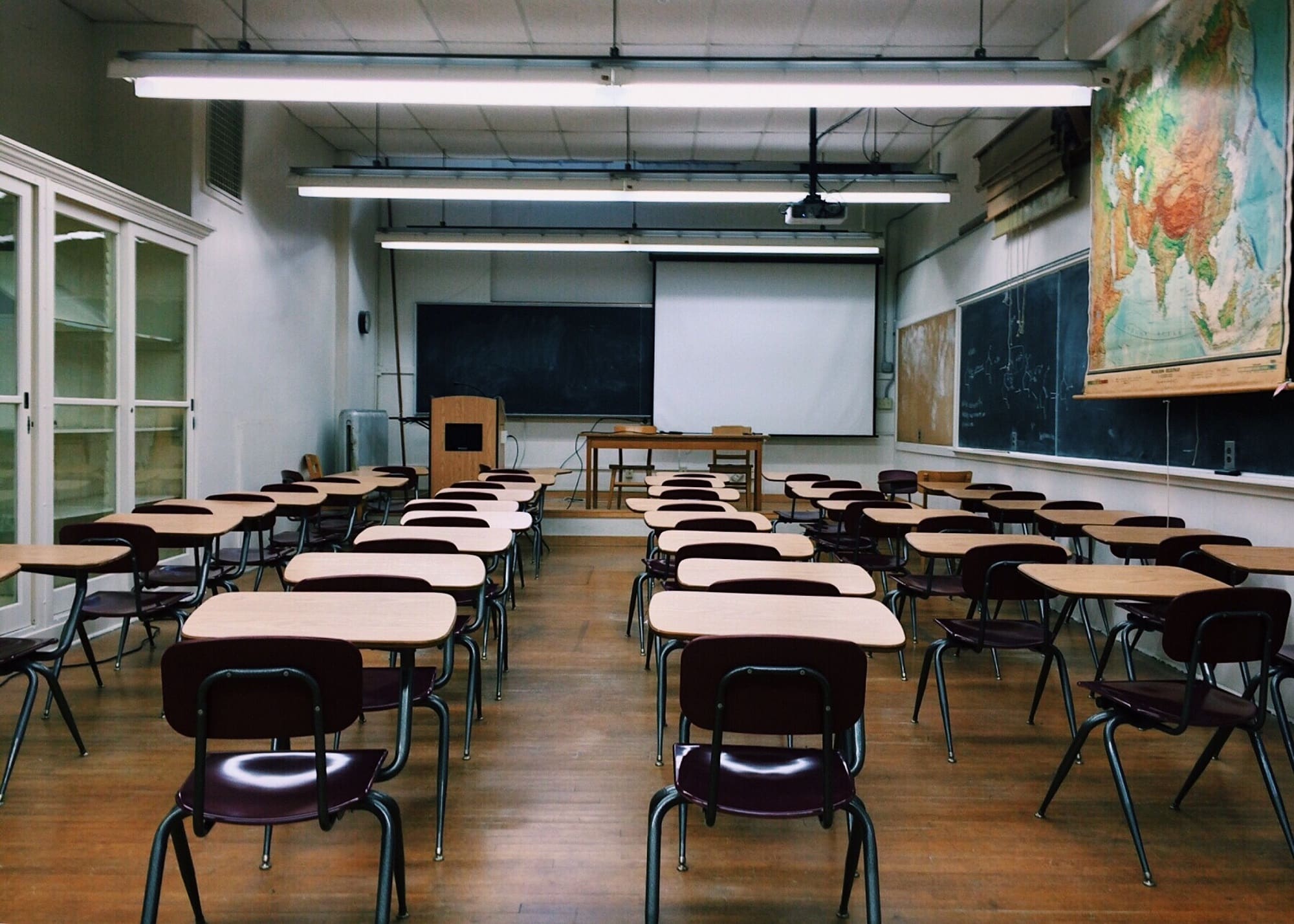Before America began shutting down its schools en masse, a mom in Massachusetts fretted on Facebook.
With a compromised immune system, she had concluded that it was safest if her child stayed home from school, so she kept her son home the first two days of the week. There was just one problem.
Because the school district had not closed its doors yet and her child was healthy, the absences were considered unexcused. On Facebook, she blasted the district for not closing school given the crisis unfolding.
As she did so, I wondered why it mattered to her whether the absences were unexcused. What was most important was that she was doing what made the most sense for her family and her health. She was in a position in which her child wouldn’t fall dramatically behind and could make up the learning—or even find online resources to continue learning with the rest of the class.
The answer, from her perspective, is that in Massachusetts, if a child has at least five unexcused absences, then the school principal is required to meet with the parent to create a truancy prevention plan.
Fearing that would be where things would head and worried about the time and bureaucratic hassle involved—along with a concern about a permanent mark on her child’s record, she sent her child to school on Wednesday.
A day later the district announced that it would close its doors.
This relatively small incident exposes a larger challenge with America’s educational values.
In an effort to create sensible policies that promote the well-being and learning for all children, we’ve built a system that is consummately focused on compliance around the time spent on learning—how many days do you attend school and how many minutes do you sit in a seat—that misses the bigger picture. That bigger picture is the “whys” behind the various policies. In other words, when well-meaning policymakers wrote a specific law or regulation, what was the goal they were trying to achieve?
If we could return to focusing on the whys and goals of policy and then allow educators and parents on the ground to apply them as makes sense to students’ different circumstances, we’d be in a much better place.
The central questions we should care about revolve around things like: Are all students—each and every one—learning what they need to thrive as adults? Are we preparing them to participate in a vibrant democracy as informed citizens? Are they healthy? Are they receiving the social and emotional support and external relationships they need?
If those things are happening—or there are tradeoffs between these questions, as there always will be—reasonable adults can make the right calls with respect to the inputs. And we can stop fretting about unexcused absences that have a reasonable rationale behind them.
The good news—amidst a sea of bad news with the COVID-19 pandemic—is that there may now exist an opportunity to begin to reset our nation’s focus on inputs over individual student outcomes.
Given that schools are no longer operating on a seat-time basis for the rest of the year—that is, they aren’t being funded based on the minutes students sit in seats as they customarily are—the onset of COVID-19 allows us to begin to rethink our flawed time-based educational model.
Instead of measuring the wrong end of the student and focusing on the minutes that students sit in seats, we can ask—for each student—are they mastering meaningful competencies? These competencies can range from academic ones around what students know and can do to those focused on habits of success like agency and executive function—and even what it means to be a good citizen, like when it’s prudent to stay home.
In such a system, we would acknowledge honestly that all students don’t take the same amount of time to master concepts. Some will need several days on something, whereas others will have learned it outside of school or require less time. Some students will choose to go deeper on certain topics about which they have burning questions. Others will be eager to move on to other concepts.
The point is that we won’t need to be focused so much on the inputs, but on the outcomes. Are students learning? Are they engaged and making progress?
Time can be variable and learning can be constant—the exact opposite of today’s system. Digital resources—much as millions of students around the country are now using—can help create a more flexible system that allows educators to personalize for each student’s needs.
We shouldn’t penalize and focus on those families and students who don’t need certain “requirements”—and forsake the students who need more resources. Appropriately allocating scarce resources—rather than with a blind view of equity—is critical.
A related question now bubbling up given that the remainder of school will be canceled for many students is if and when they return next year, what grade should they be in? Should they repeat the entire year? Or should they advance in lockstep to the next grade regardless of what they have learned?
If we start moving to a mastery-based system—in which students make progress as they demonstrate mastery—then we can avoid the tradeoffs inherent in this dilemma. We can make a nuanced decision and avoid answering the question with a blunt ax.
Students can learn what they need to when they need to, depending on their mastery of the subject. That mastery is sure to be even more uneven than it was, as some students benefit from the time out of school and dive into books and various online resources, whereas others languish and learn little. And it’s bound to be different in different subjects.
My question now is this: which school districts will take the bold step of leading and helping to rethink our education system to focus on what we ultimately want for our students?



